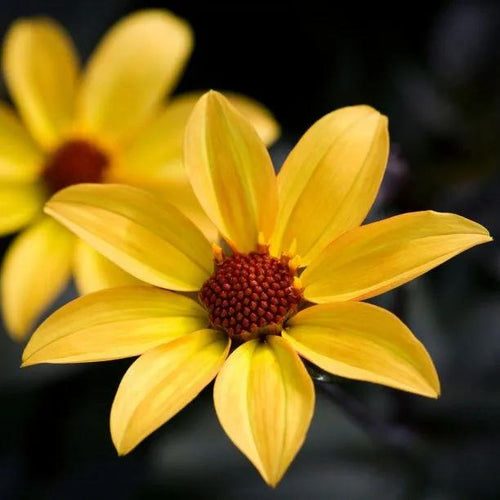Out of Stock
Sold as:
Bulbs
from £11.95
Out of Stock
Sold as:
Bulbs
from £16.95
Out of Stock
Sold as:
Bulbs
from £18.95
Out of Stock
Sold as:
Bulbs
from £4.95

Bishop of York is a modern take on an older variety that has proved hugely popular over the years, and the new Bishops helped to spearhead the resurgence in dahlia popularity in the noughties.
Browse our other Decorative Dahlias, or our full Dahlia range.
All dahlias do best in deep rich soil with good drainage in a sunny spot. If it's windy they'll need staking. They're greedy, thirsty plants so will need watering in dry spells, and they'll always flower that little bit better if there is a bit of soluble food in the watering can once every couple of weeks.
Unlike most dahlias, he is unlikely to need staking, unless you live in a windy spot.
It's generally more convenient to put support stakes in at planting time, rather than leaving it until there is foliage in the way.
At 90cm tall, he is stately but not tricky or top heavy, so it lends itself well to growing either in pots on a sunny patio (plant it with some bronzed grasses for a fabulous effect) or to planting in the mid section of beds and borders. Here it combines fabulously with other 'hot' and exotic companions – think cannas (either with green or bronze foliage), cotinus, ricinus and phormiums (the cream and green varieties look wonderful together).